After sharing my book review on Jane Austen’s World of A Most Clever Girl: How Jane Austen Discovered Her Voice by Jasmine A. Stirling, I had the great pleasure of interviewing Jasmine about her background, her writing process, and the inspiration behind her book. You can read the full article here. Thank you to Jasmine for her time and her thoughtful answers to my questions!
Q. What initially inspired you to write A Most Clever Girl?
A. When I set out to write this book, I chose Jane Austen because I admire her life and her work, and because I believe she is one of the most misunderstood women in history. Jane Austen was far from being the prim, prudish, “dear Aunt Jane” depicted by her brother Henry and her nephew Edward in their biographies of the author. She is also far from being an author of swoony romances, as we are sometimes led to believe.
These discrepancies between the popular image of Austen and the real Jane Austen gripped me. I wanted to help young people understand Austen the rebel, Austen the humorist, and Austen the artist, so that when they encountered her work later on, they might better be able to fully appreciate and enjoy it.
However, as I delved into my research, it became clear that Jane Austen was a perfect subject for a children’s book about creativity and persistence, because her upbringing, life struggles, and triumphs tell us a great deal about what a writer needs in order to fully master her craft. Of course, I still hope that A Most Clever Girl will help kids relate to the real Jane Austen and encourage them to pick up her novels when they get a little older.
Q. Describe your vision for the book and your writing process.
A. As for my process, it was extensive. I read widely on Austen—both primary and secondary sources—for two years before I wrote a single word. Then, I sat down and wrote a draft of the book in less than an hour. Of course, it was mediocre. It was my first attempt at creative writing as an adult. I was a beginner.
Over the next ten months, I worked for hours each week rewriting and revising the manuscript based on feedback from dozens of people—writers, kids, freelance editors, and agents. I continued to refer to and pull things from primary and secondary sources as I went. Ultimately, I rewrote or revised my initial draft more than 60 times. The final story was unrecognizable when compared with the first draft.
One of the most challenging aspects of writing this book was figuring out how to explain the literary significance of what Jane Austen did—pioneer her witty realist style, rich with social commentary and moral imperatives—to very young people who have no idea what literature was like in Regency England and have scant understanding of what a writer’s voice is all about. Hopefully I pulled it off!
Q. What do you hope young readers and the worldwide Jane Austen community will gain from reading this book?
A. A Most Clever Girl is about the process of creative mastery. It’s about all those boring, mundane aspects of creative achievement that our culture doesn’t like to talk about—being rooted in place, having community support, getting consistent feedback, having time, money, and a room of one’s own, discipline, and maturity—which are critical for an artist to bloom.
My hope is that if children (and adults!) study and learn more about how someone becomes a great writer, or filmmaker, or painter, or musician, it will give them insight into how to nurture their own talents—whatever they may be—to greatness.
The message, I hope, is an empowering one. If one begins a project and it isn’t coming out quite as nicely as one expected, do not despair! Set aside ninety minutes each day before or after school or work and keep at it. Find your community. Get feedback. Advocate for the time and space to work on your craft. Be patient.
Although Jane Austen had written drafts of her most famous and beloved novels by her mid 20s, it was not until more than a decade later that she had fully developed her voice as a writer. In fact, by the time Austen had mastered her craft, she had been writing for more than a quarter of a century.
In short, creative mastery is not born of a flash of inspiration. Inspiration plays a part, but not the major part, in any creative endeavor.
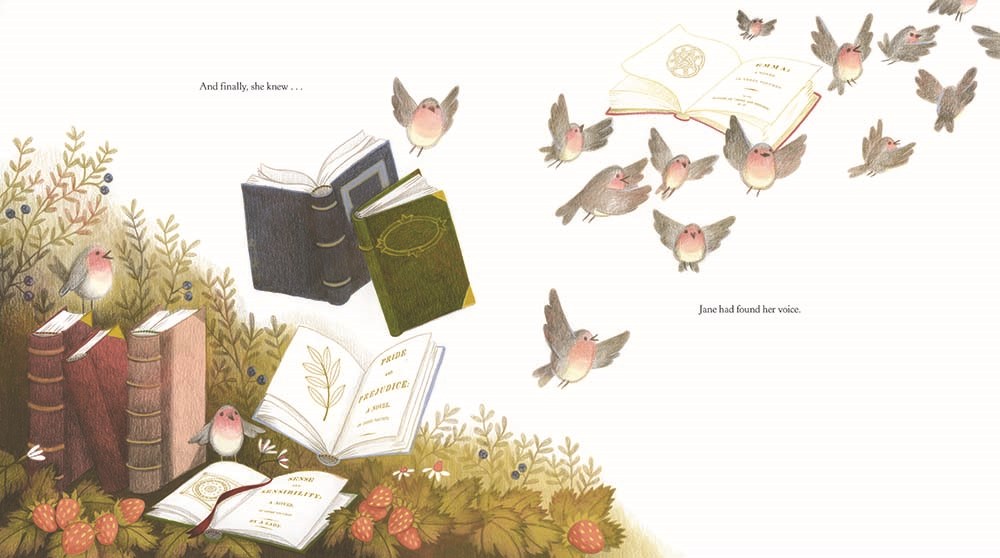
For the rest of my interview with Jasmine, please click here. We talk about creative inspiration, Austen’s life, our favorite Austen novels, and which Austen character we’d most like to be. If you could be any Austen character, who would you be?
PURCHASE LINKS FOR A MOST CLEVER GIRL:
You can follow Jasmine’s creative journey on Instagram and Facebook @jasmine.a.stirling.author where she posts about kidlit and life with two young girls.
RACHEL DODGE teaches college English classes, gives talks at libraries, teas, and book clubs, and writes for Jane Austen’s World blog and Jane Austen’s Regency World magazine. She is the bestselling author of The Anne of Green Gables Devotional: A Chapter-By-Chapter Companion for Kindred Spirits and Praying with Jane: 31 Days Through the Prayers of Jane Austen. Her newest book The Little Women Devotional is now available for pre-order and releases later this year. You can visit Rachel online at www.RachelDodge.com.
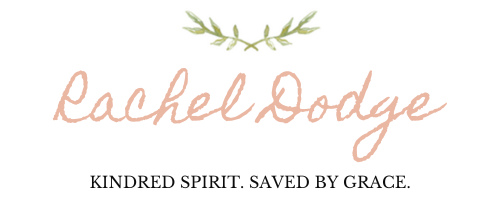
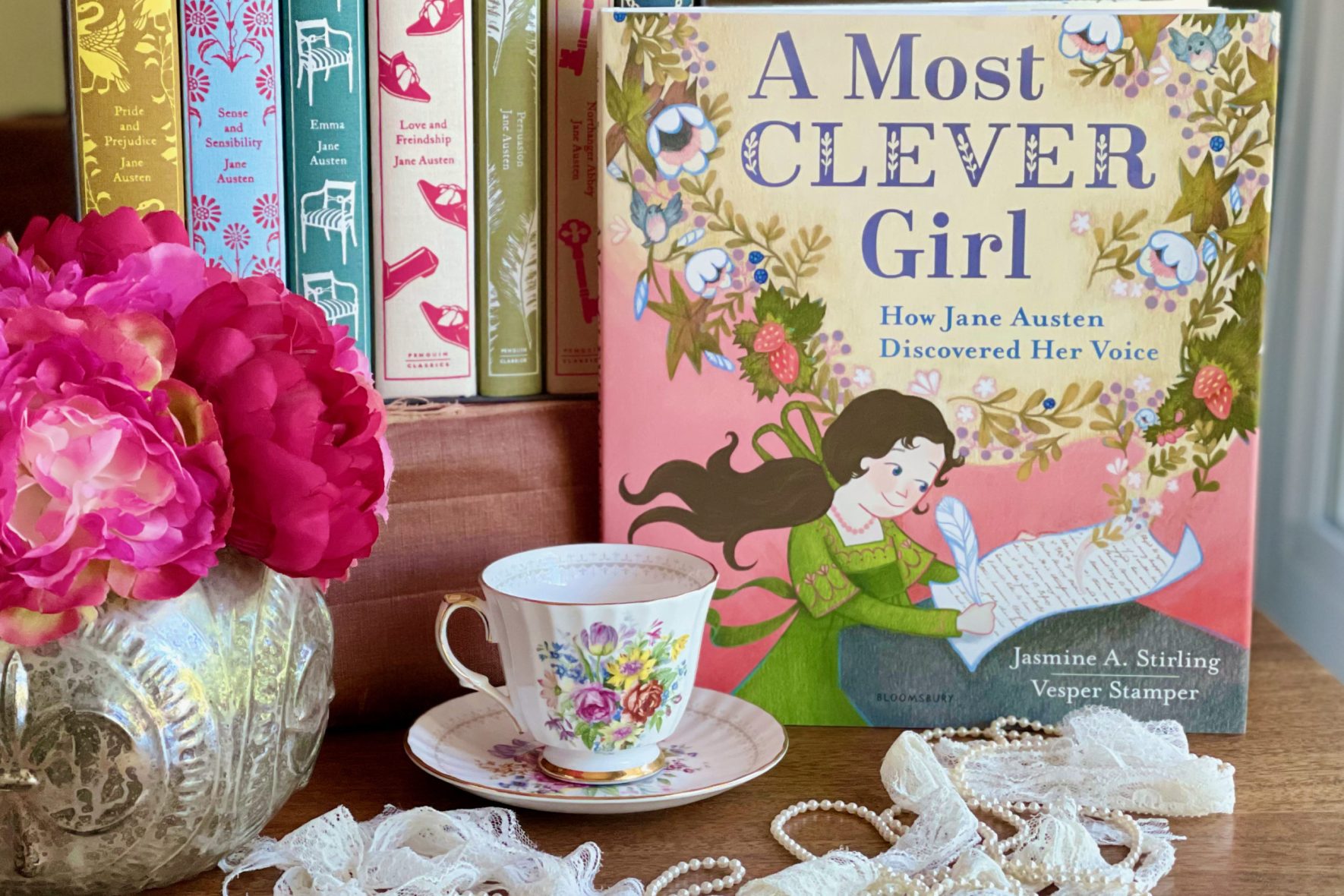



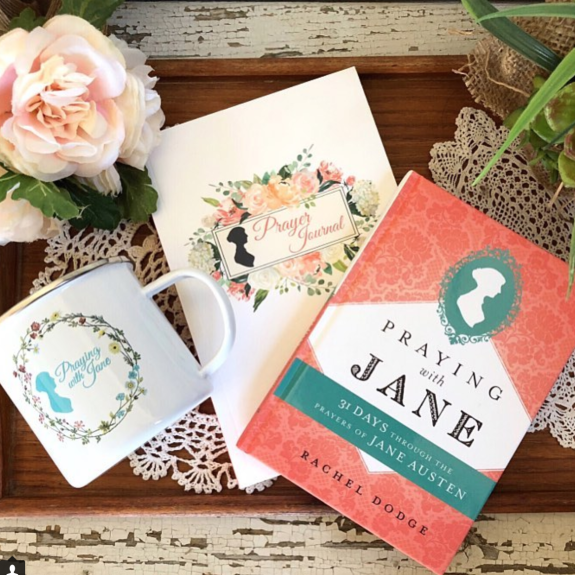
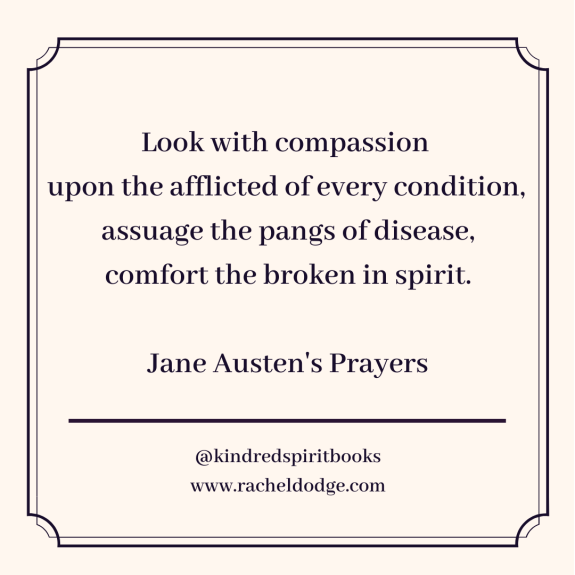
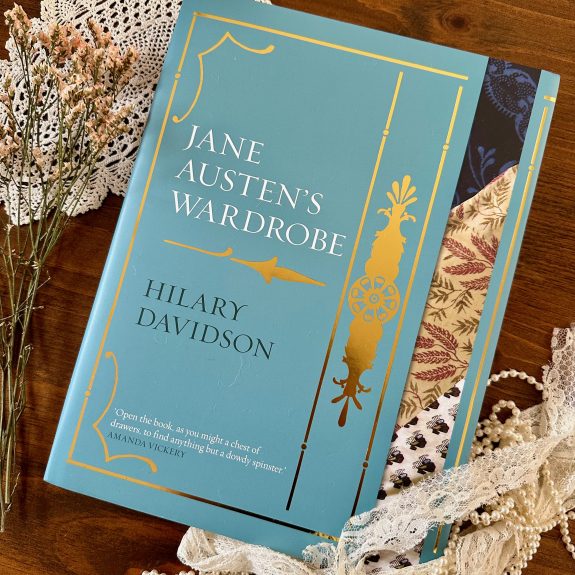
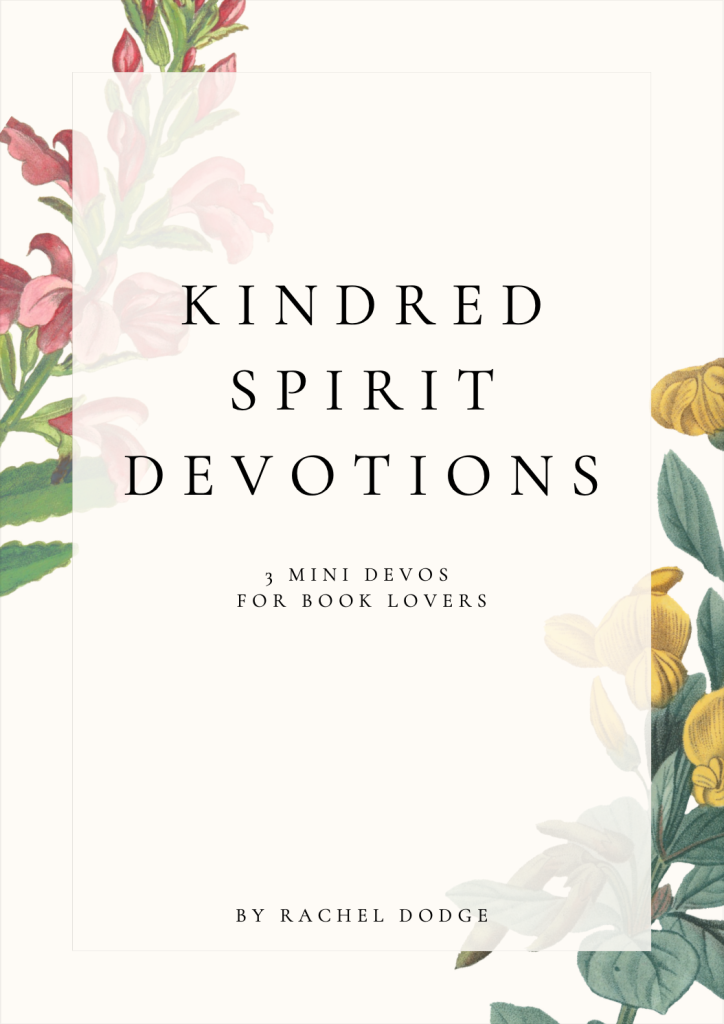
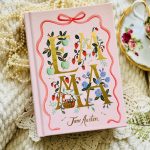
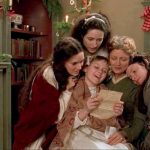
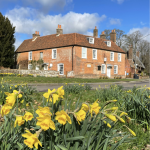

Leave a Reply